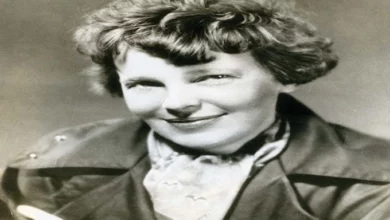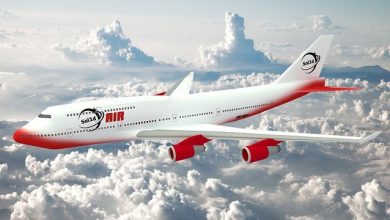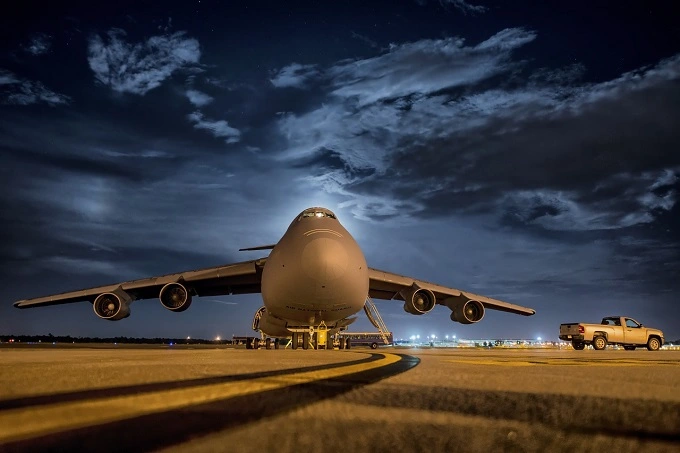Concorde crash: the history of supersonic travel
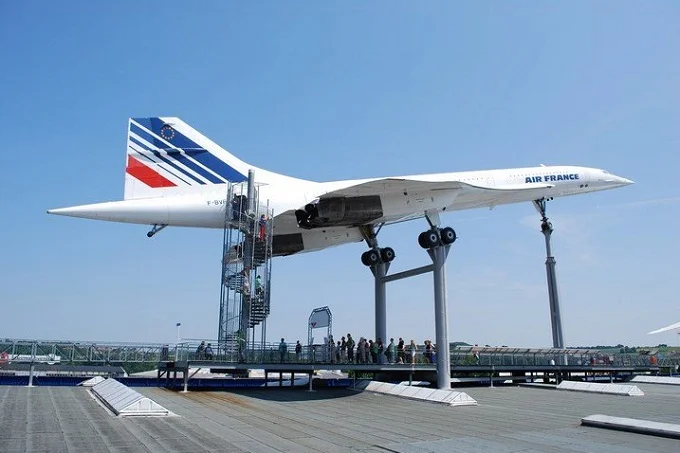
From 1976 until 2003, the famous Concorde flew. It became a genuine air symbol because it was associated with glitter, elegance, and speed. So, why isn’t this incredible aircraft in service today? We’ll tell you what happened to the world’s first supersonic aircraft in this article.
Concord first flight
The Concorde was built in the 1960s to bring countries together and to fly across continents. Commercial passengers have a lot of promise. At supersonic speeds, routes like crossing the Atlantic were twice as quick. The Concorde, which flew passengers from New York to London in three hours, was the aircraft that made their fantasies come true.
France and the United Kingdom joined together, signed an “agreement,” and gave the concept a name. BAC (British Aircraft Corporation) and Aerospatiale, as well as Rolls Royce and SNECMA, were responsible for the design. The Concorde designers had a knack for coming up with new ideas. In many respects, the aircraft was unique. It was the world’s first commercial supersonic airplane.
On its first flight, the Concorde lifts off from the runway. Its nose would become a recognizable feature. The pointed, adjustable nose is what most people think of when they think of the Concorde. The idea was that it could be lowered on the runway for maximum visibility and then lifted into the air, providing smooth and aerodynamic results.
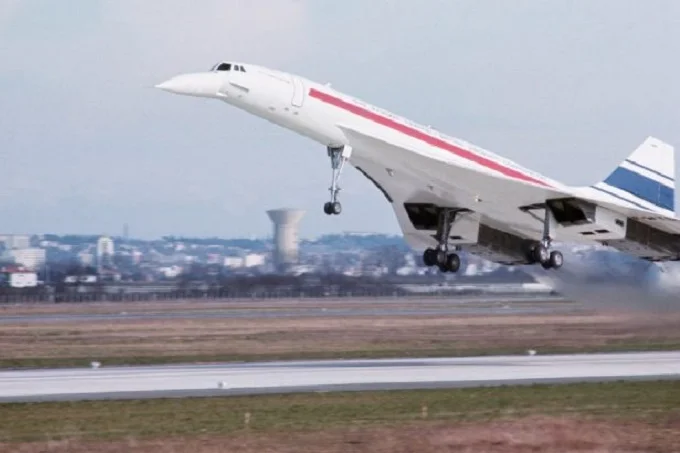
The engine used was an Olympus 593 turbojet engine, which Rolls Royce and SNECMA engineers were involved in creating.
The Concorde was powered by four engines that used reheat technology to add fuel to the final engine stage. This provided it with the additional thrust required for takeoff and the transition to supersonic flight.
The 200-meter Concorde’s double deltoid wing was essential in achieving these achievements. Its form was instrumental in breaking the sound barrier, and the Concorde was the first aircraft to use a computer to regulate its engine air intake. This enabled the aircraft to control the airflow to its engines. The plane flew at Mach 2.4, which is twice the speed of sound.
Despite its excellent overall design, the Concorde had a lot of trouble staying aloft. The theory is great, but practice tends to bring things back down to earth. Because of its high fuel consumption, the aircraft became a problem for many carriers. Three years before Concorde became commercial, the 1973 oil crisis led prices to skyrocket.
The beautiful airplane became a status symbol. The Concorde seemed to be built for exclusivity rather than efficiency. The aircraft only had 100 seats, which isn’t a lot by today’s standards. Several businesses first expressed interest, but it was eventually narrowed down to two major players: British Airways and Air France. They had seven Concords constructed out of a total of twenty.
In addition, the Concorde was associated with a higher level of flying. However, there was a problem: noise. A loud sonic boom accompanied the supersonic trip. The big-nosed beauty had to fly across the water in order to avoid disturbing the fish. Even back then, residents complained about the noise made by aircraft taking off and landing at Heathrow.
Air France Flight 4590 went down in the Atlantic Ocean
On takeoff from Paris’ Charles de Gaulle Airport, Air France Flight 4590 caught fire. It crashed in the Gaunesse district, killing 113 people terribly—the wreckage of Concorde Flight 4590 after the crash at Gaunesse, France, July 25, 2000.
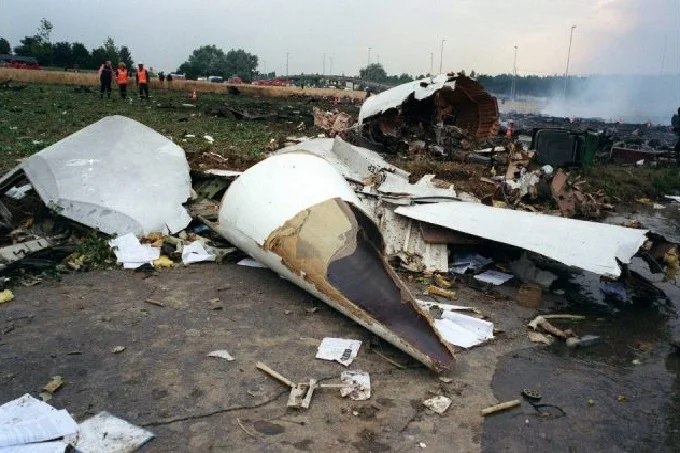
What caused the Concorde crash?
A tire reportedly burst, puncturing the fuel tank. The design was changed, but by 2003 the Concorde fleet had landed and never took off again. This horrible accident did not destroy Concorde but is considered one of the factors contributing to its closure. If the 2000 crash didn’t end Concorde, what did?
Why did the Concorde stop flying?
Concorde was, in the end, both ahead of the curve and hindered by a slew of 20th-century issues. The aircraft ran out of fuel, was excessively loud, and the passengers were prestigious but few in number due to the high cost of the tickets. After 9/11, Wall Street’s travel budgets shrank, and maintenance expenses skyrocketed.
Despite all of this, many people associate the aircraft with more ambitious times. Supersonic flight may reappear in some form in the future. Will any aircraft ever be as elegant and iconic as the Concorde? Unlikely!

